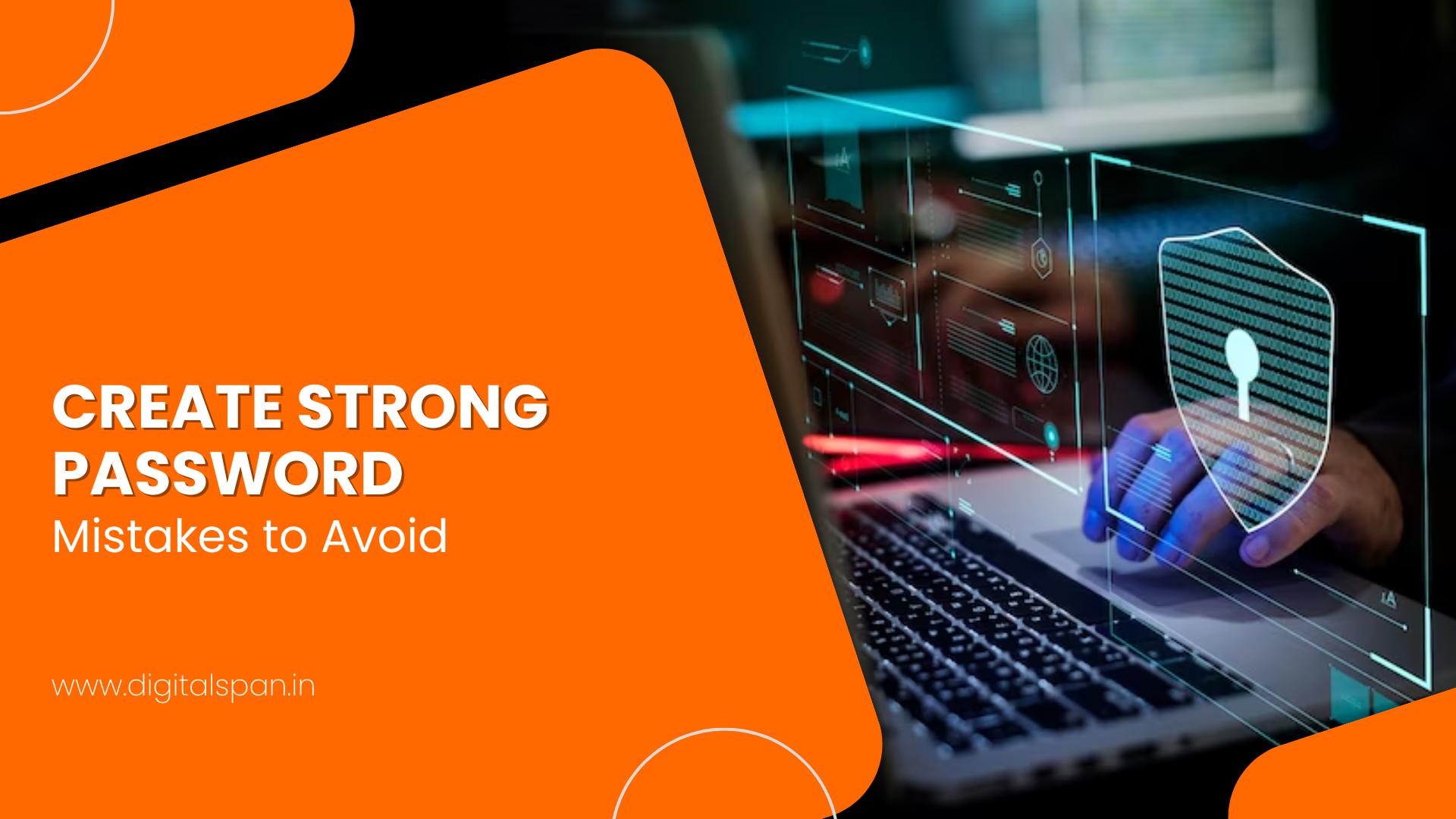In an era where digital threats loom large, the importance of a robust defense mechanism cannot be overstated. One fundamental line of defense is a strong password—a digital key that guards your personal information, financial details, and online identity. Crafting a strong password is a crucial step in fortifying your cybersecurity. Here are some tips to help you create strong password that stand as formidable barriers against potential threats
Why is it Important to Create a Strong Password?
Creating a strong password is essential in the digital age to safeguard personal and sensitive information from unauthorized access and potential cyber threats. A strong password serves as the first line of defense, preventing malicious actors from easily gaining entry into your online accounts.
As the internet becomes an integral part of our daily lives, various platforms store a plethora of personal data, including financial details, emails, and confidential communications. A robust password ensures the privacy and integrity of this information, shielding users from identity theft, financial fraud, and other cybersecurity risks.
With cyber threats constantly evolving, creating a strong password is a proactive measure that helps individuals stay ahead of potential security breaches, adhering to best practices and maintaining a secure online presence. In essence, a strong password is a crucial aspect of responsible digital citizenship, providing a critical layer of protection in an interconnected and often vulnerable digital landscape.
Tips to Create Strong PassWord
Creating a strong is essential to enhance your online security, protecting personal data from digital thefts. Here are some tips to help you craft a robust and secure password:
1. Maintained Proper Length
It is more difficult to crack a password the longer it is. Frankly speaking, aiming for at least 12 characters is a good idea. Longer passwords generally provide better security and are hard to decode.
2. Use a Mix of Characters
Make use of a mix of numbers, special characters, and capital and lowercase letters. This diversity adds complexity, making your password more resistant to various hacking techniques.
3. Avoid Predictable Sequences
Steer clear of easily guessable sequences like “123456” or “password.” These are among the first combinations attackers try.
4. Never Use Personal Information
Avoid using passwords on your personal information like name, date of birth, or emails. This type of information is available publicly. Hence anyone can access it easily.
5. Don’t Use Common Words
Avoid using dictionary terms as they can be easily interpreted by automated systems. Consider creating acronyms, combining unrelated terms, and changing misspellings.
6. Passphrases Are Powerful
Think about creating a passphrase, which is a string of unrelated words or a sentence that is simple to remember but difficult for outsiders to decipher. “SkyBlue#42@Highway” is an example of a strong passphrase.
7. Unique Password for Each Account
For every account, use a separate password. This keeps your other accounts safe from being compromised by a security breach on one platform.
8. Be Wary of Phishing Attempts
Stay vigilant against phishing attempts. Cybercriminals often use deceptive emails or websites to trick individuals into revealing their passwords. Verify the authenticity of any request for password-related actions.
9. Check for Breaches
Periodically review your security settings and update passwords as needed. Being ahead of any risks is much easier with this proactive strategy.
Common Mistakes to Avoid While Creating a Strong Password
When creating strong passwords, it’s important to avoid common mistakes that can undermine the security of your accounts. Here are some pitfalls to steer clear of:
1. Short Passwords
Using short passwords makes brute force attacks easier for attackers. Try to come up with a password that is at least 12 characters long for added protection.
2. Insufficient Diversity of Characters
Your password is less secure if it consists solely of letters or numbers. To increase intricacy, use a combination of capital and lowercase letters, digits, and unique characters.
3.Under Estimating Two-Factor Verification
When two-factor authentication is available, it is a mistake to not enable it. The security provided by this extra layer greatly improves defenses against unwanted access.
4. Avoid Reusing Passwords
Avoid using the same password across multiple accounts. If one account is compromised, it could lead to unauthorized access to other accounts.
5. Ignoring Password Manager Use
It’s a mistake to create and store strong, one-of-a-kind passwords without utilizing a password manager. Managing complicated passwords is made easy and safe with the help of password managers.
Stay Vigilant: A Fortress of Digital Security
Crafting strong passwords is akin to building a fortress around your digital identity. By incorporating these tips into your password creation strategy, you contribute to a resilient defense against cyber threats. In an interconnected world, where personal and professional spheres often overlap, investing in robust password practices is an investment in your online safety and peace of mind. Stay secure, stay vigilant!



